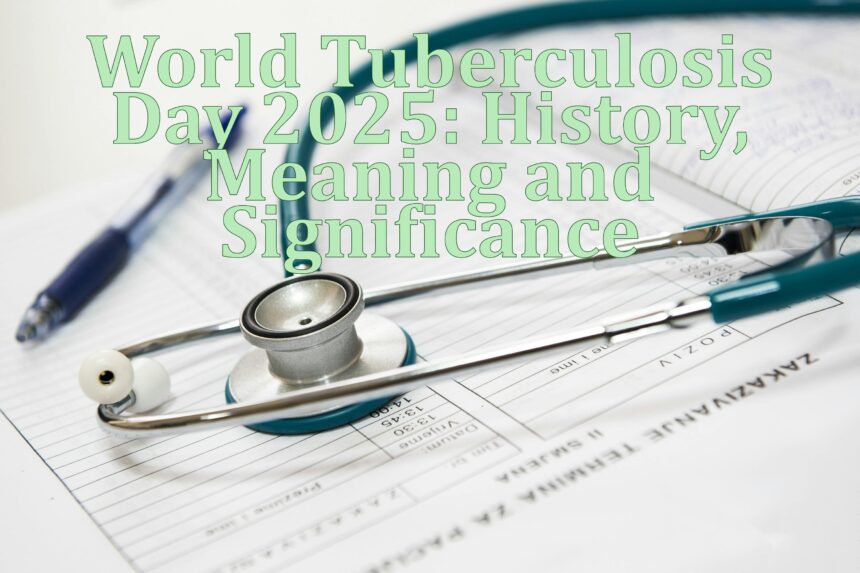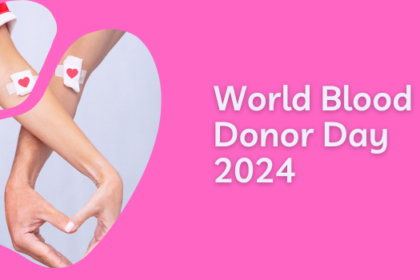Every year, tuberculosis (TB) affects millions of people worldwide, leaving a devastating impact on communities. Despite being preventable and curable, it remains one of the deadliest infectious diseases. Each year, World Tuberculosis Day 2025 is observed on March 24th, a day of significance marking Dr. Robert Koch’s groundbreaking announcement in 1882 of the discovery of the bacterium responsible for tuberculosis (TB). This discovery was a pivotal moment in the medical field, leading to the development of diagnostic methods and treatments for this devastating disease.
Meaning of World Tuberculosis Day 2025
- March 24 is designated as World TB Day to honour Dr Robert Koch’s 1882 discovery of the TB-causing bacteria, which paved the path for its identification and treatment.
- Even though tuberculosis is preventable and treatable, it nonetheless poses a serious threat to world health, impacting millions of people, particularly in low-income areas.
- Through awareness campaigns, screenings, and initiatives, the day urges governments, healthcare institutions, and citizens to come together in the battle against tuberculosis.
- In 2023, TB caused 10.8 million illnesses and 1.25 million deaths, making it one of the most deadly infectious diseases in the world.
- Since 2000, an estimated 79 million lives have been spared thanks to international efforts to eliminate tuberculosis.
History of World Tuberculosis Day 2025
- The discovery of Mycobacterium tuberculosis by Dr. Robert Koch in 1882, which enhanced the disease’s identification and treatment, is celebrated on March 24 every year as World TB Day.
- Marking the 100th anniversary of Koch’s discovery, World TB Day was formally acknowledged by the World Health Organization (WHO) in 1982.
- Since then, the day has been used to raise awareness, support research, and advance international efforts to combat tuberculosis.
- Even though TB is preventable and treatable, it nonetheless poses a serious threat to world health, especially for high-risk and low-income communities.
- It demands that resources be mobilized, healthcare systems be strengthened, and policies be pushed to eradicate tuberculosis worldwide.
The theme of World Tuberculosis Day 2025
World Tuberculosis Day 2025 will have the theme “Yes! We Can End TB: Commitment, Investment, Results.” This subject highlights the necessity of making firm promises, boosting funding, and taking significant steps to hasten international efforts to eradicate TB. It emphasizes how crucial teamwork, financing, and creativity are to eradicating tuberculosis.
Significance of World Tuberculosis Day 2025
- A global campaign, World Tuberculosis Day 2025 aims to increase awareness of the disease’s effects on social, economic, and health well-being worldwide.
- It urges governments, communities, and people to work together to combat the illness and hasten its eradication as a public health concern.
- The day highlights how urgently early identification, appropriate treatment, and international efforts to end tuberculosis are needed.
- Additionally, it motivates communities, governments, and healthcare institutions to push for more money, stricter regulations, and creative ways to fight the illness.
- Since tuberculosis is one of the leading infectious diseases in the world, research, funding, and cooperation are crucial to eradicating the disease.
- Additionally, it aims to lessen stigma, spread knowledge about prevention, and encourage access to high-quality healthcare, particularly in areas that are at high risk.
- The main objective is to increase public knowledge and awareness of the ongoing tuberculosis pandemic, highlighting the importance of early detection, efficient treatment, and preventative measures.
- By supporting research and innovation and fostering closer ties between governments, health organizations, civil society, and the corporate sector, the day aims to ensure that everyone has access to high-quality healthcare services.
- It supports initiatives to eradicate the tuberculosis pandemic by 2030 and is consistent with the Sustainable Development Goals (SDGs) of the UN, especially SDG 3 (Good Health and Well-Being).
Celebration of World Tuberculosis Day 2025
- There are several inventive ways to commemorate World Tuberculosis Day 2025. Using social media hashtags, planning walkathons or rallies, setting up educational programs in schools and colleges, distributing pamphlets and posters, providing free screenings and health consultations, planning fundraising and charitable events, and lighting up landmarks in red are a few examples.
- These initiatives seek to promote community involvement while educating individuals about TB symptoms, prevention, and treatment.
- At-risk populations can also benefit from early detection screening by collaborating with nearby clinics and hospitals to offer free TB testing and health consultations.
- Real-life survivor tales, infographics, and awareness movies on tuberculosis prevention and treatment may all be shared through social media campaigns. Interactive sessions, quizzes, and poster-making competitions are all possible components of educational programs at schools and universities.
- Donation drives, crowdfunding initiatives, and charity auctions may all be used to plan fundraising and charitable events.
- Another way to promote TB awareness is to light up government buildings or well-known sites in red, which is the official color for World TB Day.
Websites To Celebrate World Tuberculosis Day 2025
Apollo 24|7 App: https://www.apollo247.com/
Netmeds: https://www.netmeds.com/
Conclusion
Raising awareness about tuberculosis is essential to helping high-risk patients get treatment and recover. The best method of preventing and permanently eliminating tuberculosis is vaccination. The costs associated with tuberculosis and other infectious diseases can be partially covered by purchasing a complete health insurance policy, enabling people to maintain coverage without facing a heavy financial burden. Without imposing a heavy financial strain, health insurance policies assist in controlling the growing expenses of healthcare and protect against fatal illnesses.





